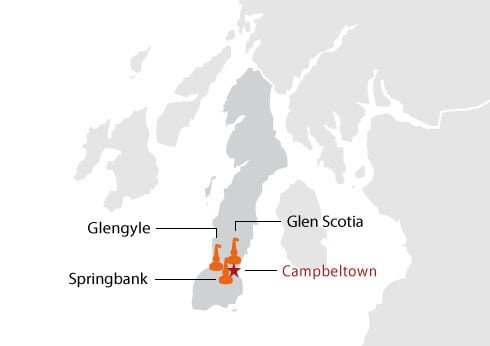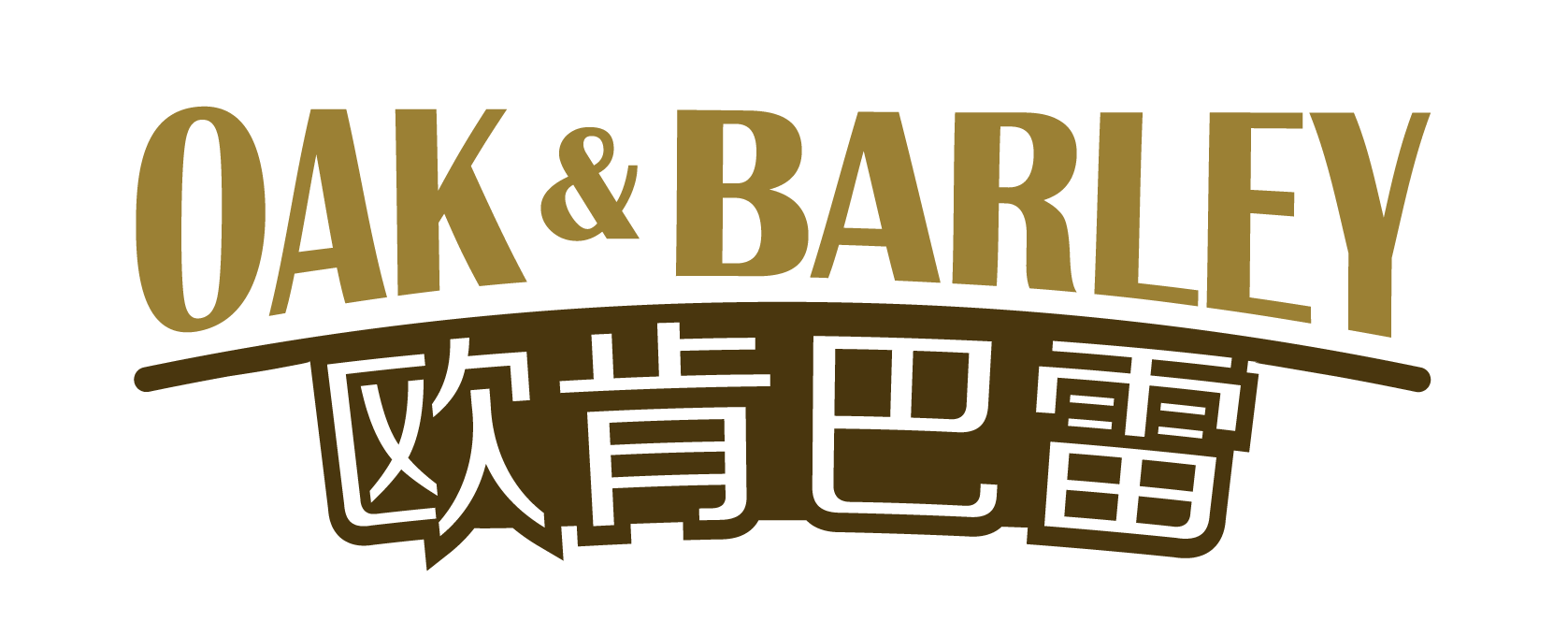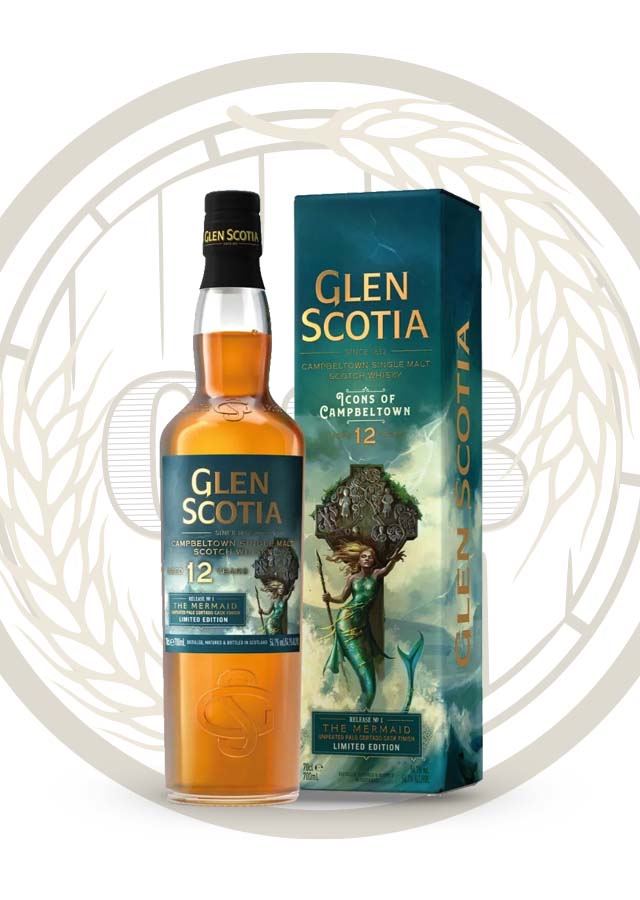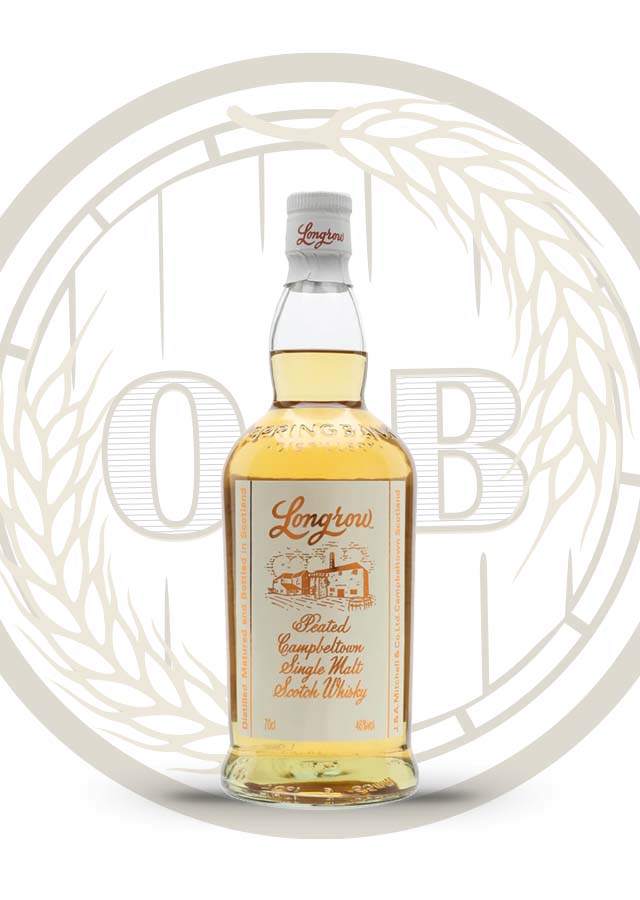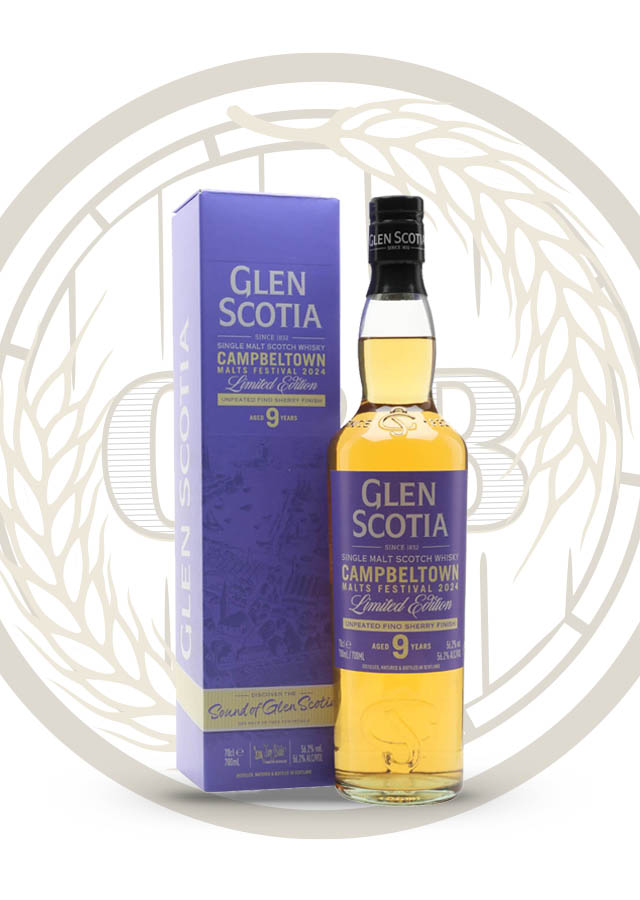Showing all 7 results
Campbeltown
Campbeltown was once one of the most prolific regions in Scotland, sadly US Prohibition affected the area and until recently there were only 2 distilleries producing whisky.
Campbeltown sits on the Mull of Kintyre and the single malt whiskies from the region reflect this with a slight coastal character. They are known for their dryness and often for their pungency. There are also a few peated releases, for example, Longrow, which is produced at the Springbank, with Glen Scotia and Glengyle completing the modern-day complement of distilleries.
Campbeltown was once a thriving malt whisky region of no fewer than 34 distilleries – no mean feat for a small and remote settlement at the bottom of the long Kintyre peninsula. Now only three producers remain, but they make up for their paucity by producing five distinctive malt whiskies between them.
Campbeltown’s whisky-making fame endured the length of the 1800s, and even after its 34 distilleries were all but halved in number by a slump in the 1850s, its distinctive style was still highly prized at the dawn of the 20th century.
What followed was a catastrophic fall from grace, brought about by a number of factors, including improved transport links to the rival distilleries of the remote north, and a decline in quality as unscrupulous distillers cut corners and churned out mass-produced rotgut.
The First World War brought a decline in consumption; Campbeltown’s style fell out of favour with blenders, and Prohibition came to the US: by the end of the 1920s, only one distillery had survived – and, when Springbank and Glen Scotia reopened in 1934, its stills fell silent, too.
Those two survivors, Springbank and Glen Scotia, remain very different beasts. The former’s spirit is robust and noticeably smoky; the latter, in its most recent guise, is typically light and grassy, although this may not always have been the case in the past.
Meanwhile, Glengyle’s resurrection has come at the hands of neighbouring Springbank’s owners after eight decades of silence – a signal that the good times may just be returning to one of whisky’s great locations. Called Kilkerran, Glengyle’s early spirit has been released in small ‘work in progress’ batches since 2009.
Campbeltown Trivia
- Springbank makes three different single malts: medium-peated, two-and-a-half-times distilled Springbank; richly peated, double-distilled Longrow; and non-peated, triple-distilled Hazelburn
- Glengyle’s single malt is called Kilkerran because the ‘Glengyle’ brand is owned by neighbour Glen Scotia
- The Mull of Kintyre is so long that the Campbeltown distilleries are closer to their neighbours on Arran and Islay than any mainland producer
